Welded Fence nets are also called protective nets. Due to regional differences, fence nets are mainly pided into: garden fence nets, railway fence nets, bridge fence nets, highway fence nets, sports fence nets, airport fences, etc.
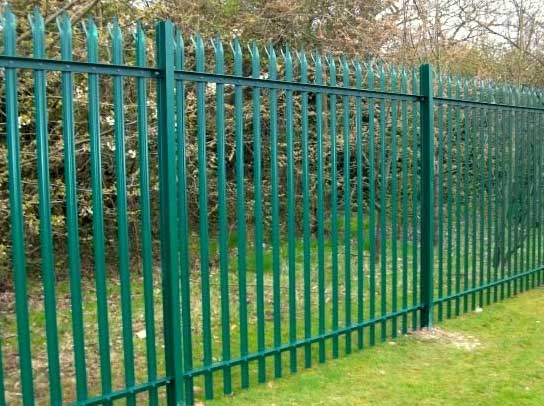
1. See through the "essence" through the plastic layer.
Because it is covered with a layer of plastic skin, it is easy for people to overlook the quality of the fence. This is also a place where fence manufacturers are prone to "cut corners". The main areas that need to be checked are: the diameter of the iron wire, the wall thickness of the pipe, and the type of galvanized layer of the fence.
2. Observe the type of plastic powder used in the plastic-coated fence.
Plastic powder is also graded. There are good ones and some worse. In addition, foaming agents are often added to the plastic powder to increase the thickness of the plastic powder layer. Needless to say, everyone should understand this. The disadvantage is It will cause the plastic layer to be soft, which is neither beautiful nor easy to crack and age.
3. Cleverly distinguish the types of plastic-coated fence nets.
Plastic-coated fence meshes are pided into two types: plastic-coated before weaving and plastic-coated after weaving. There are three types of plastic-coated fences, chain link fence, hexagonal fence, and barbed wire fence. They are all processed with plastic-coated steel wire. The fence net is simple to manufacture and easy to operate, and there is no secondary processing.

How to Ensure Fencing Products for the South American Market Meet Local Quality Standards
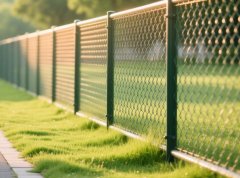
How to Choose the Right Metal Fence Products for the South American Market?
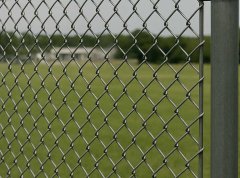
Chain Link Fence – Flexible, Cost-Effective Fencing Solutions for Global Projects
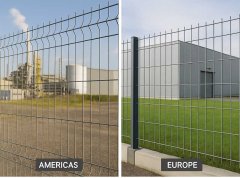
Welded Wire Mesh Fencing – Durable and Efficient Solutions for Global B2B Buyers

Ornamental Iron Fencing – Elegant, Durable, and Secure Solutions for Modern Projects
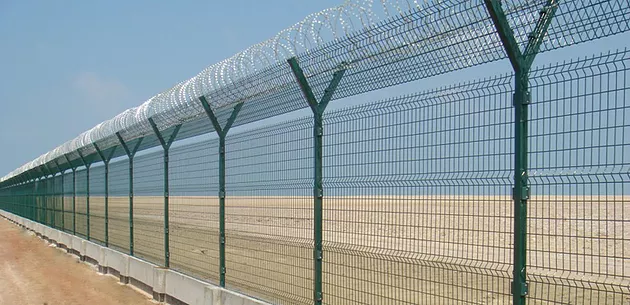
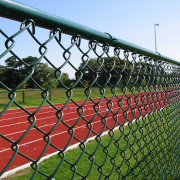
You Should Pay Attention To Those Things When You Buy Stadium Fence
